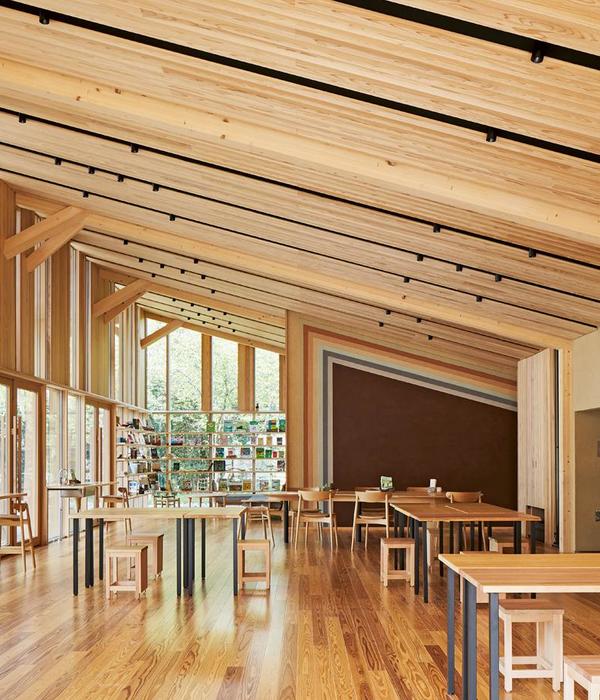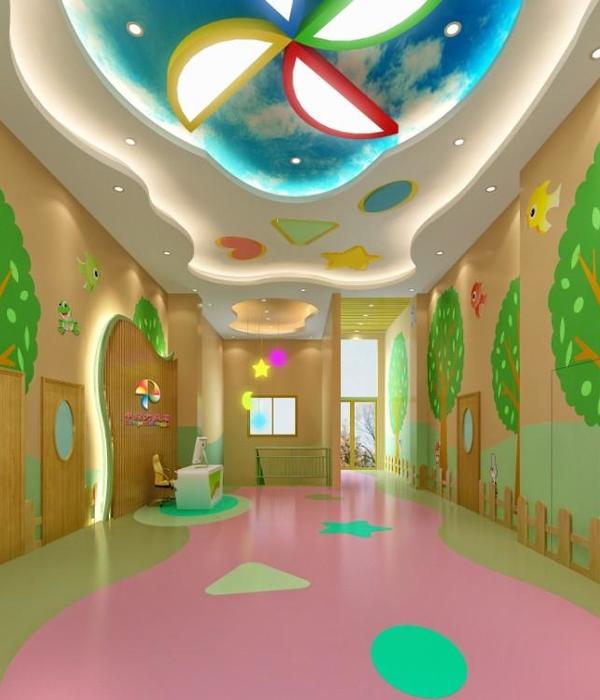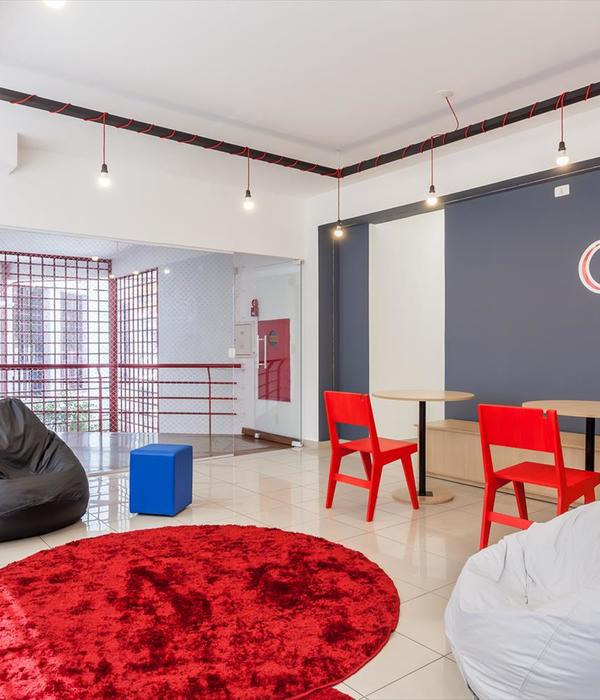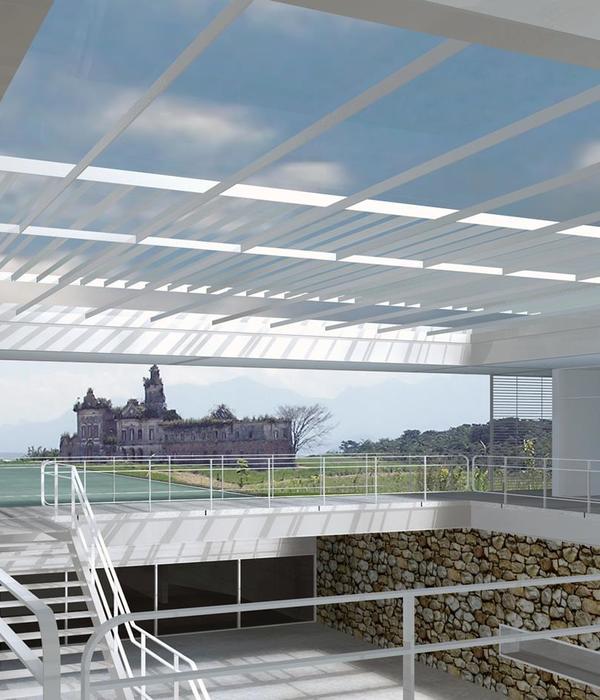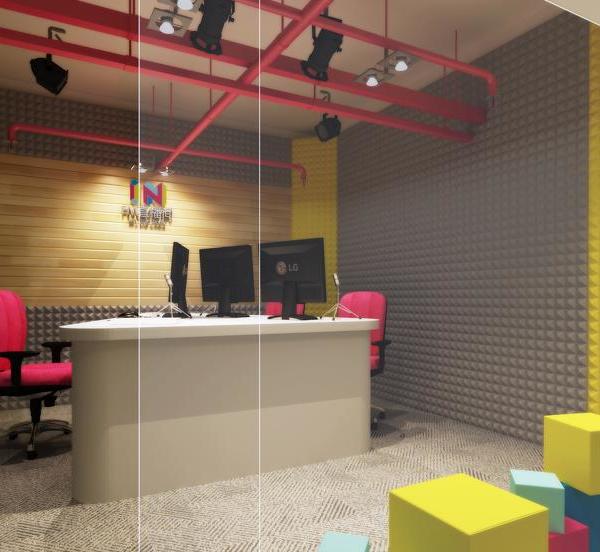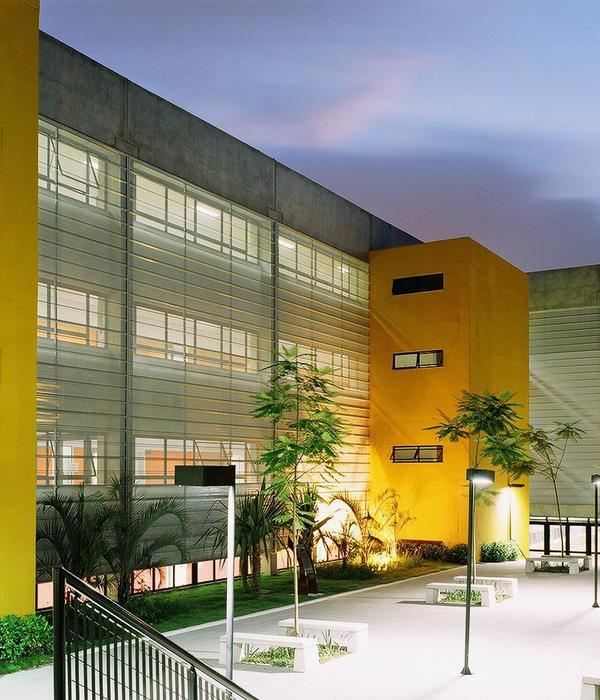Kobe Port Museum / TAISEI DESIGN Planners Architects & Engineers
Architects:TAISEI DESIGN Planners Architects & Engineers
Area:7283m²
Year:2021
Photographs:Katsumasa Tanaka
Manufacturers:Oshirox Co. Ltd.,YOKOMORI MFG.CO., LTD.,yamaki kogyo
Restaurant Interior Designer:RIC DESIGN Inc.
Contractor:Taisei Corporation
Design Team:Kenichi Takashima, Takefumi Doi, Kensuke Harada
Structural Engineers:Eiichi Yamazaki,Yoshitaka Sakai,M. Mahdi Raouffard
Mep Engineers:Jun Takagi,Syunsuke Irie,Yasuaki Nemoto
Aquarium Facilities Engineer:Satoru Kosuge,Norifumi Inaba,Daiki Naito,Yuji Ota
Client:AQUART KOBE G.K.
City:Kobe
Country:Japan

A Building on Land and Sea - Kobe Port Museum is a multi-purpose cultural facility consisting mainly of an aquarium, a food hall, and a bridal desk. Kobe has a characteristic topography enclosed between the Seto Inland Sea and Mount Rokko. The jetty area is a planning area where the remains of the Hanshin-Awaji Great Earthquake are preserved today, to pass down to the people the situation that occurred at that time. The concept was for a building at this site that would pass on the history of the land where many crustal movements have been repeated, and that exist together with eternal time.



The building alters the ground and is even an extension of the ground. A building that is an "extension of the ground" has been realized by reviewing the materials and construction methods from which the building is composed, so as to imitate the topography of Kobe, produce a building rooted in Kobe, and will become covered in greenery with the passage of time and gradually return to nature.



Local Production and Local Consumption of Concrete - Aggregates were obtained from Nishijima in the Seto Inland Sea and Arino at Mount Rokko, and by washing it with ultra-high-pressure washing, the color of the aggregates was exposed, treating the inorganic material concrete as a material rooted in the land. About 4,000 m2 of in-situ concrete was washed with water, to achieve a facade with mass and texture like the geological strata.



Also, it is said that as a result of crustal movements in the Kobe area in the past million years, the sea level has risen and fallen more than 10 times, so the soil has a characteristic stratification with alternating soil deposited in the bottom of the sea (clay strata) and alluvial deposits derived and transported from the mountain (sand strata). To reflect this dynamic topography in the concrete placement plan, a scheme was adopted in which the aggregates on the first and third floors are from the sea, and the aggregates on the second and fourth floors are from the mountain, so the stratigraphy of Kobe is extended above ground.


Incorporating the Environment - Cut-outs are provided in the elliptical-shaped volume to receive the wind originating from the topography blowing from the Rokko Mountains and the sea and that are in harmony with the existing landscape resources such as the Port Tower. These cut-outs provide paths for the flow of wind, and the flow of people and lines of sight is created connecting to the surrounding environment, providing a viewing flow line as if climbing a hill, from the rock-like atrium at the main entrance to the rooftop terrace. Also, openings and top lights are provided on the route toward the summit, creating a spatial composition in the interior where water and light can be perceived as if the light is shining into a cavern.

Project gallery































Project location
Address:7-2 Shinkōchō, Chuo Ward, Kobe, Hyogo 650-0041, Japan



